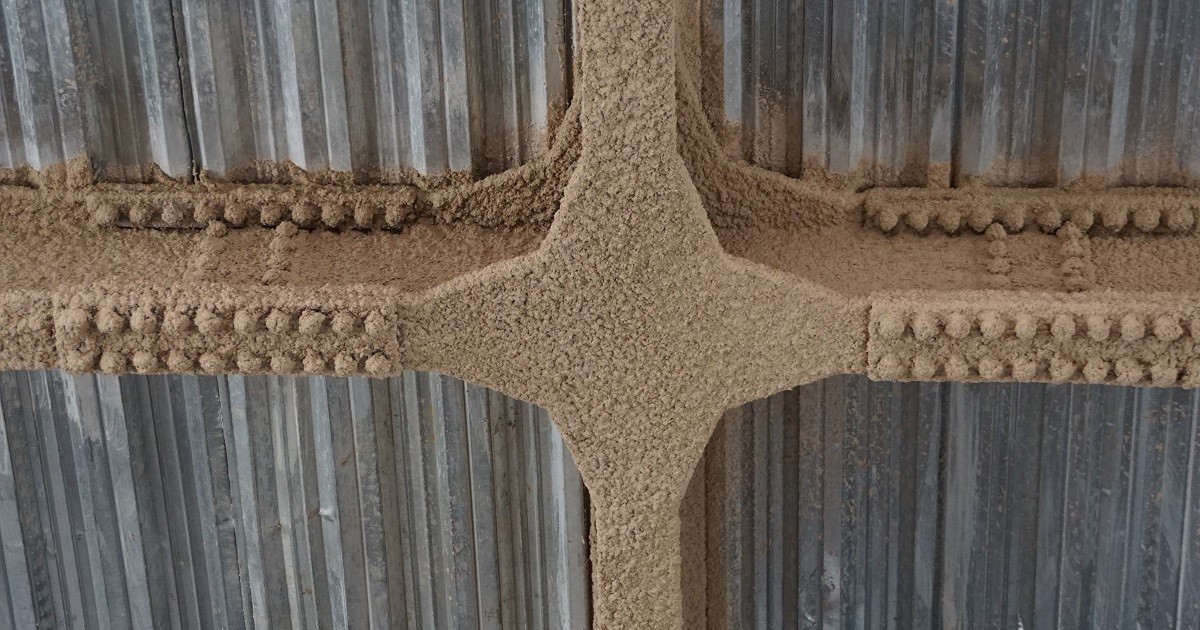
Insulation plays a crucial role in maintaining energy efficiency and comfort in buildings. However, concerns about fire safety often arise when considering insulation materials. In this article, we will delve into the question, Can insulation catch fire? and explore the fire safety aspects of different insulation materials. We will examine the factors that contribute to insulation flammability, discuss fire-resistant options, and provide practical tips for ensuring fire safety in insulation installations.
- Understanding Insulation Flammability:
Insulation materials can be categorized into three main groups based on their flammability: combustible, fire-resistant, and non-combustible. Combustible insulation materials, such as certain types of foam and organic fibers, have the potential to catch fire and contribute to the spread of flames. Fire-resistant insulation materials, like mineral wool and certain treated foams, are designed to resist ignition and slow down the spread of fire. Non-combustible insulation materials, such as fiberglass and rock wool, do not burn and do not contribute to the spread of flames. - Factors Affecting Insulation Flammability:
Several factors influence the flammability of insulation materials. These include the material's composition, density, thickness, and the presence of additives or fire-retardant treatments. Additionally, the proximity of insulation to potential ignition sources, such as electrical wiring or heating equipment, can significantly impact the fire risk. Understanding these factors is crucial for selecting appropriate insulation materials and ensuring fire safety in different applications. - Fire-Resistant Insulation Options:
For applications where fire safety is a top priority, choosing fire-resistant insulation materials is essential. Mineral wool, also known as rock wool or stone wool, is a popular choice due to its excellent fire resistance properties. It is made from natural minerals and can withstand high temperatures without melting or releasing toxic gases. Certain foam insulation products treated with fire-retardant chemicals can also provide enhanced fire resistance. These options offer a balance between insulation performance and fire safety. - Ensuring Fire Safety in Insulation Installations:
Apart from selecting fire-resistant insulation materials, proper installation techniques and adherence to building codes are crucial for ensuring fire safety. Here are some practical tips:
- Maintain proper clearances: Insulation should be installed with adequate clearances from heat sources, electrical wiring, and recessed lighting fixtures to minimize the risk of ignition.
- Use fire-rated barriers: Install fire-rated barriers, such as gypsum board or intumescent coatings, to separate insulation from potential ignition sources and prevent the spread of flames.
- Follow manufacturer guidelines: Always follow the manufacturer's instructions for installation and use of insulation materials, including any specific fire safety recommendations.
- Regular maintenance: Inspect insulation regularly for signs of damage or degradation that could compromise its fire resistance. Replace any damaged insulation promptly.
Conclusion:
While insulation materials can vary in their flammability, it is crucial to prioritize fire safety when selecting and installing insulation. Understanding the factors that contribute to insulation flammability, choosing fire-resistant options, and following proper installation practices are key to minimizing fire risks. By considering these aspects, we can ensure both energy efficiency and fire safety in buildings.